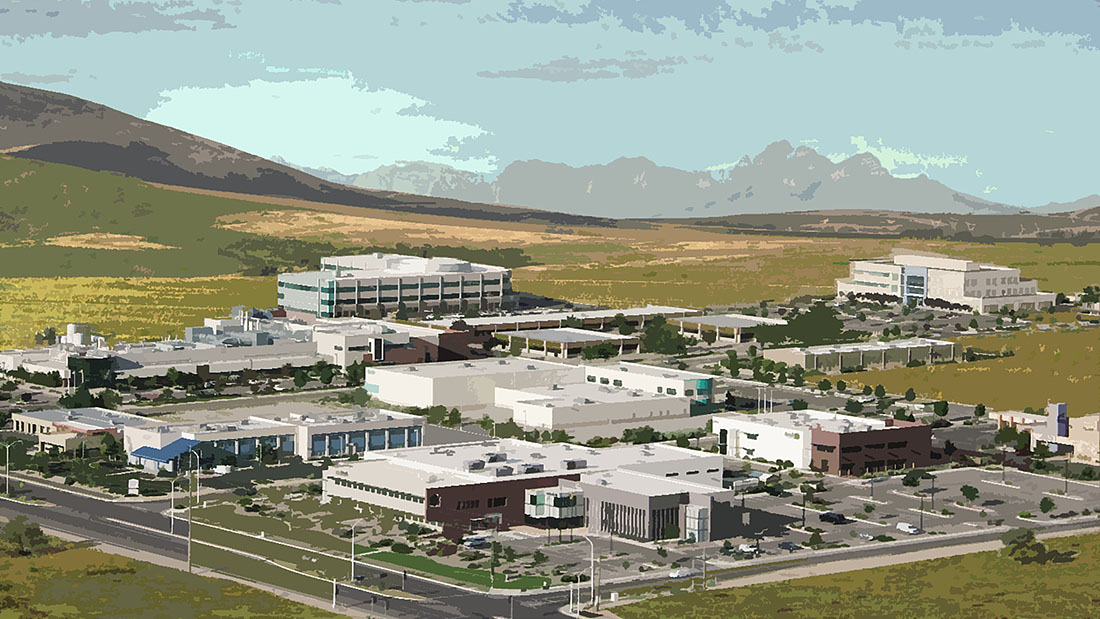Science and technology parks have been around since the 1950’s, first introduced in the U.S. Today, these science/technology developments have a presence in virtually every developed nation around the world.
A formal definition for these facilities is offered by the International Association of Science Parks (IASP): ” … a science park is an organization managed by specialized professionals, whose main aim is to increase the wealth of its community by promoting the culture of innovation and the competitiveness of its associated businesses and knowledge-based institutions.” These special-form business parks, including business and technology incubators, have become a well-established economic development strategy for communities and countries, and a distinct type of real estate development.
In today’s global economy, it is vital for nations and regions to maintain their competitiveness. A major factor in this is the development of innovative products and services, which in turn depends significantly upon the efficiency in the transfer of technology from academic and research institutions to industry. Many industrialized nations now talk of a “knowledge-based economy.” Science and technology parks are one means to facilitating the growth of these industries.
Many of these technology parks operate with a direct connection with local universities, relying upon local university expertise to exploit opportunities in such cutting-edge new scientific fields as computer chips, bioinformatics, photonics, information technology, biotechnology, nanotechnology, optoelectronics and a host of other technologies.
Science and technology parks are now operating in every region of the world, with new forms and implementation mechanisms emerging with the next wave of development. Specialist firms are in place that develop and operate these parks in multiple locations, leveraging relationships and expertise across multiple sites. Representatives of these parks routinely reach out to “sister facilities” in other regions of the world to foster strategic alliances and further competitive advantage.


